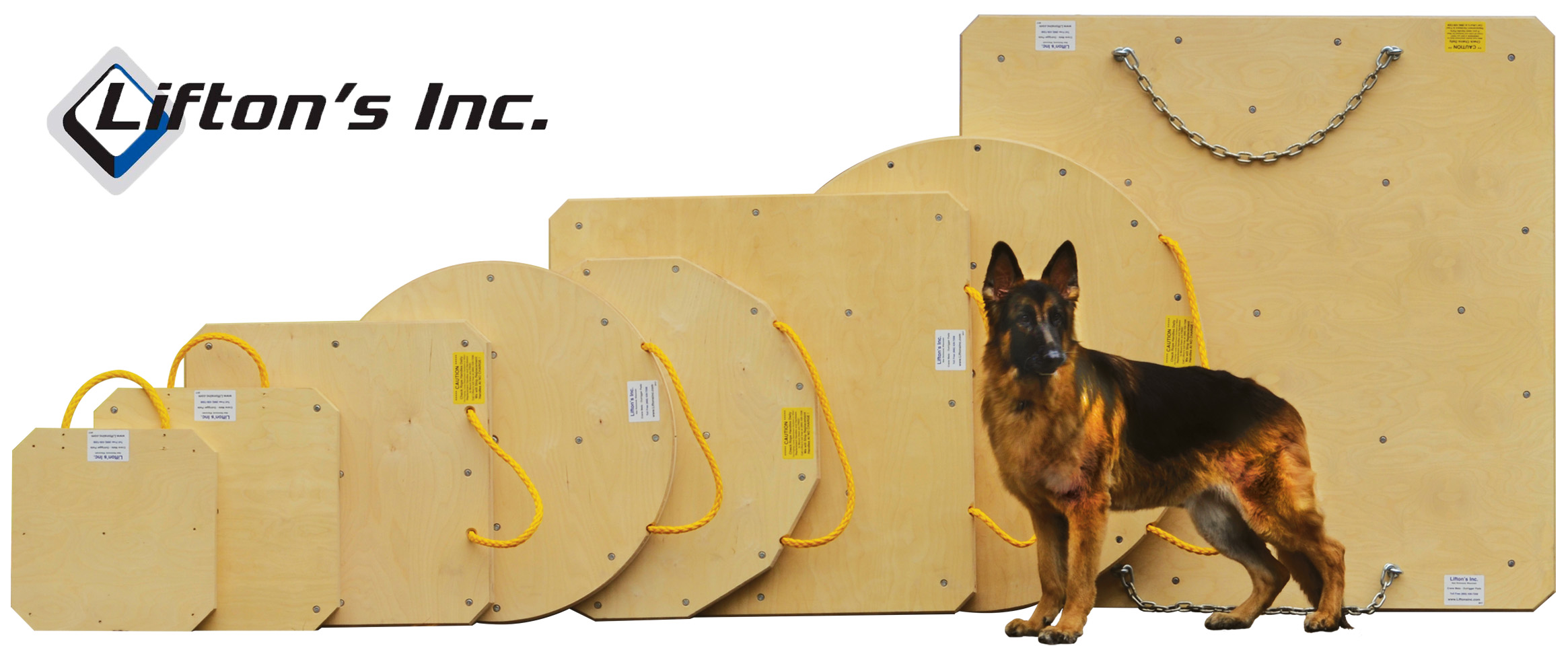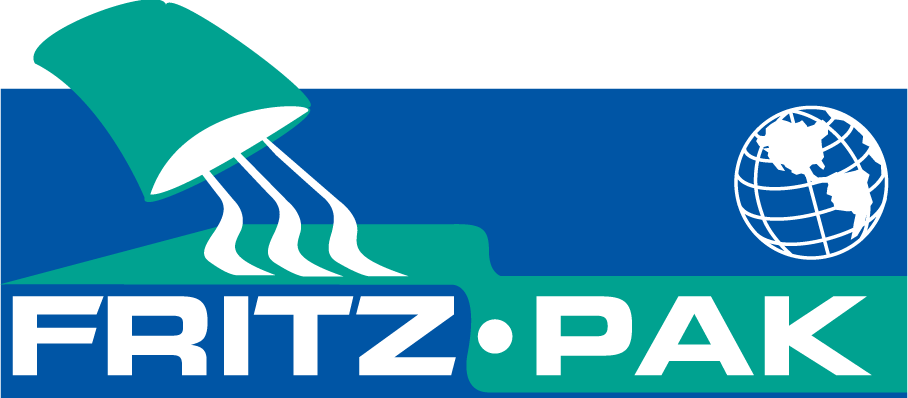| Todd | 10-16-2014 | comment profile send pm notify |
|
From Scandinavia to the Mediterranean Five CIFA Spritz Beton machines at work to build the tubes of the Brenner Base Tunnel
Work on the tubes of the Brenner Base Tunnel, one of the largest underground infrastructure works in the world, is in full swing on different fronts. Excavation of the new Tulfes-Pfons section officially began on 18 September in the presence of Pat Cox, EU Coordinator for the TEN Axis that will link Helsinki to Valletta. The new section, worth around 380 million euro, was assigned to a temporary association of companies made up of the Austrian company Strabag (51%) and the Italian company Salini-Impregilo (49%). The construction of a rescue tunnel for the Brenner Base Tunnel - with a 30 to 40 square metre cross section and a total length of 9 km - is planned for the Tulfes-Pfons section, in addition to the interconnecting tunnels, the Innsbruck emergency stop and the Ahrental-Pfons exploratory tunnel. The exploratory tunnel will be excavated using traditional methods and on three fronts at the same time: from Tulfes going westward and from the Ampass access tunnel going both westward and eastward. Construction work is scheduled to be completed sometime during the summer of 2017. Approximately 50 metres of tunnel have been excavated in 20 days. The soil is highly fragmented, which requires the casting of a layer of cement reinforcement on an electric welded metal net using Spritz Beton technology. The casting is made in very short drive sections (about two metres long) along the entire profile of the tunnel, so not only in the upper arch, but in the lower section as well. The technical department of the temporary association of companies made up of Strabag and Salini-Impregilo selected CIFA Spritz Beton technology for the cement casting. CIFA will supply the consortium five next-generation Spritz Beton machines: three CST 8.20 and two CSS3. Two of the new machines are already at work on the faces of the Brenner tunnel. Just recently, a second CST 8.20 was added to the one already delivered and is working on the face of the Tulfes-Pfons rescue tunnel. The new CST 8.20 is perfect for this size of tunnel as it was specially designed to nimbly move about in medium-size and small tunnels (up to 10 metres in height). The CST 8.20 is fitted with a newly-designed, sturdy and versatile boom than can be opened and positioned in driving mode once the machine is in the working position. The new horizontal slewing ring is interesting: with just one single movement of the control joystick, the machine follows the entire tunnel section, from the base up to the maximum height. Manoeuvrability is the most distinctive feature of the chassis of the CST 8.20. With its high clearance from the ground (on both the front and back), it can easily move about on very bumpy soil like that of the Tulfes-Pfons tunnel also thanks to its four-wheel drive and efficient hydrostatic transmission powered by a powerful diesel engine. The safe ROPS-FOPS driver's cab protects the operator, and the driver's seat can turn 180° so that manoeuvrability is extremely simple even in the narrowest tunnels. The work at Tulfes has just begun and there are still 8950 metres to excavate, but CIFA is supporting the companies not only with its machines, but also with the customer service technicians of its dealer Hittmayr and with the product specialists from Senago. So mark your calendar for the summer of 2017 in Austria when the Tulfes-Pfons section is completed! |
||








-1413465852.jpg)
-1413465854.jpg)
-1413465854.jpg)
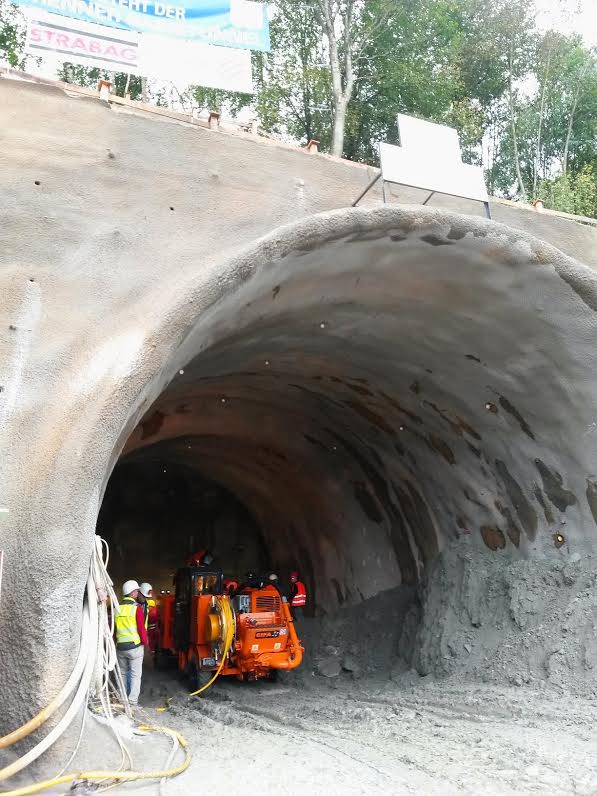



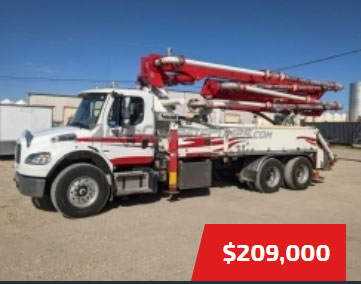




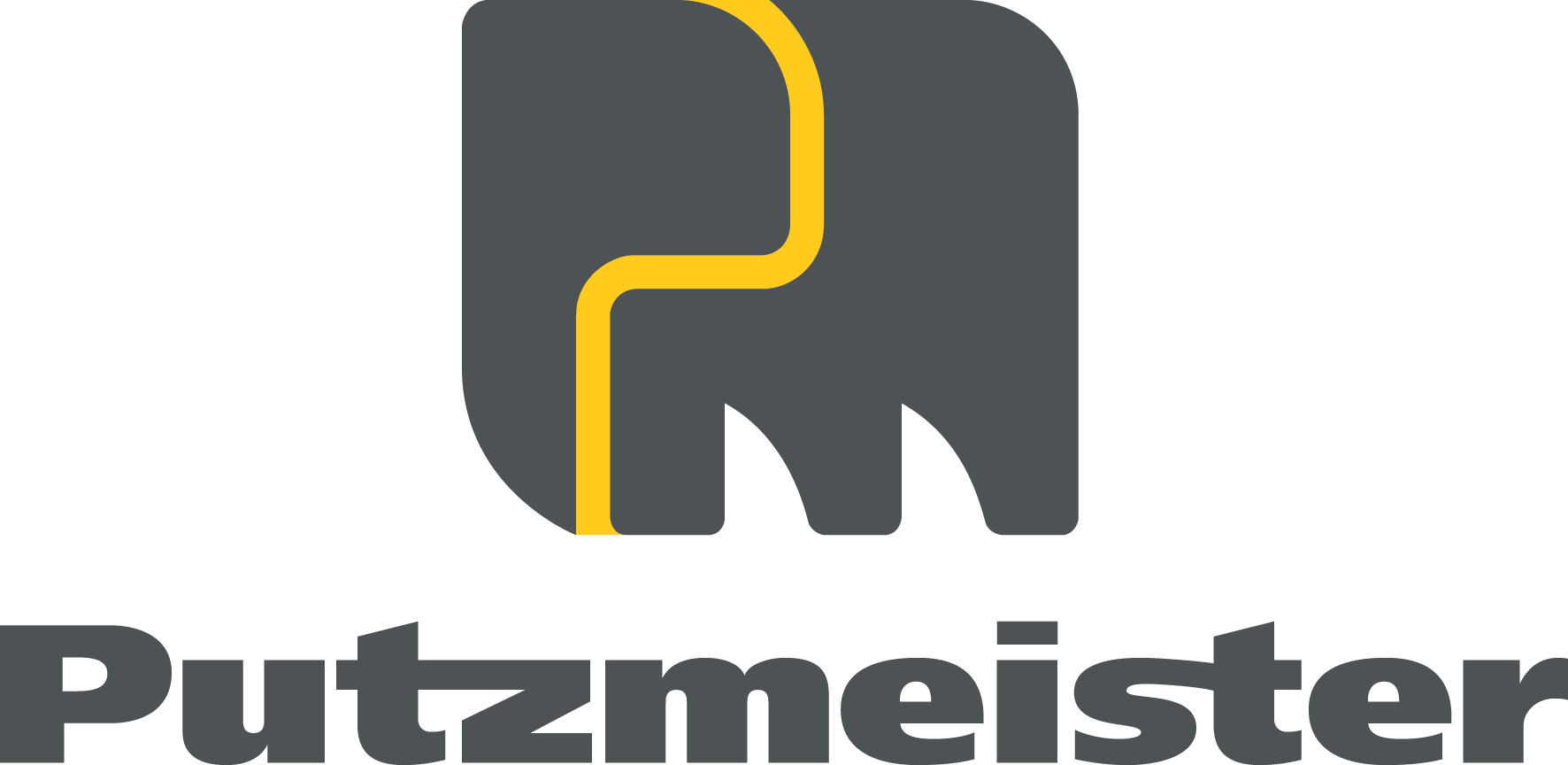



.jpg)
.gif)

.jpg)









.jpg)
